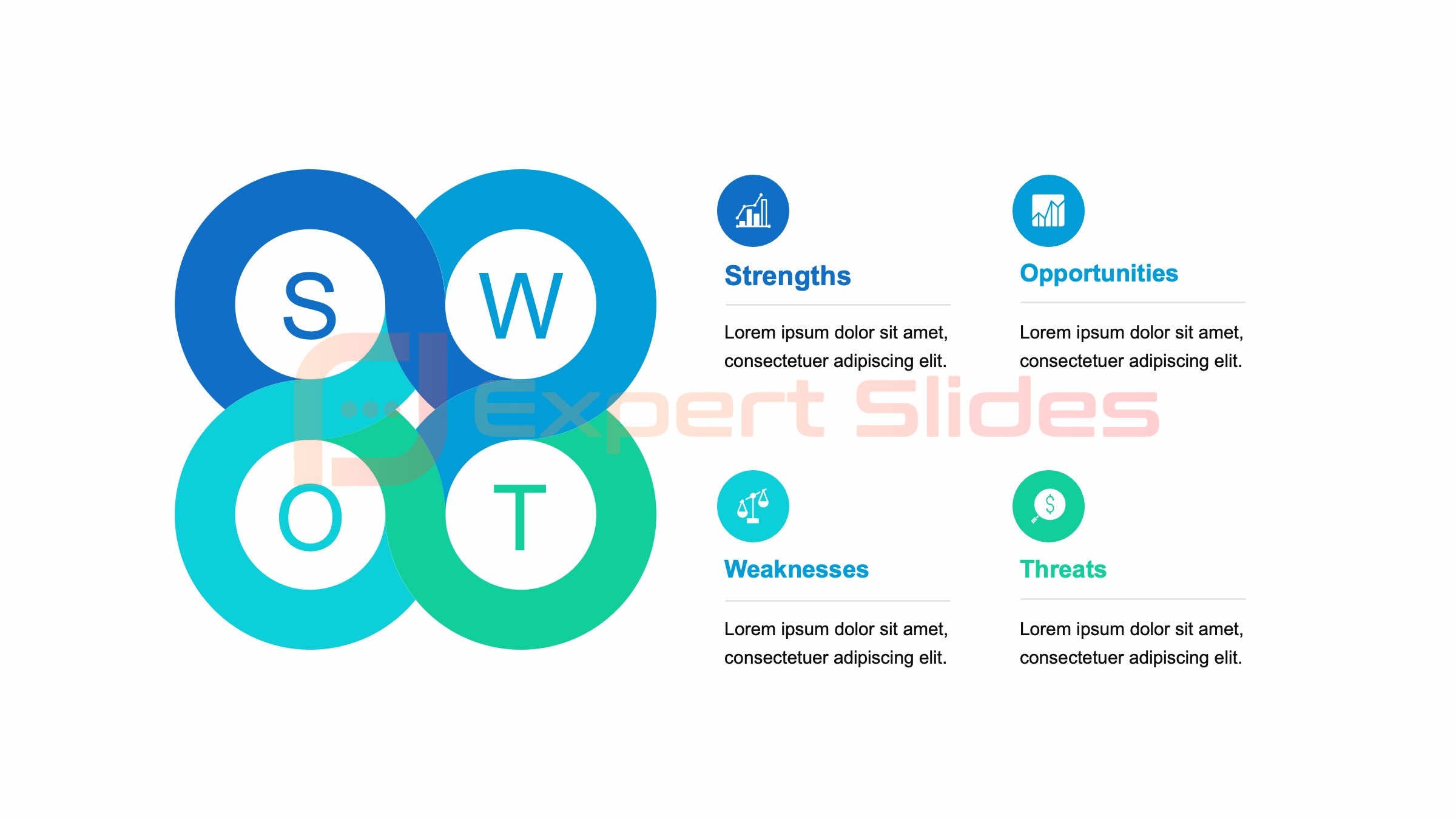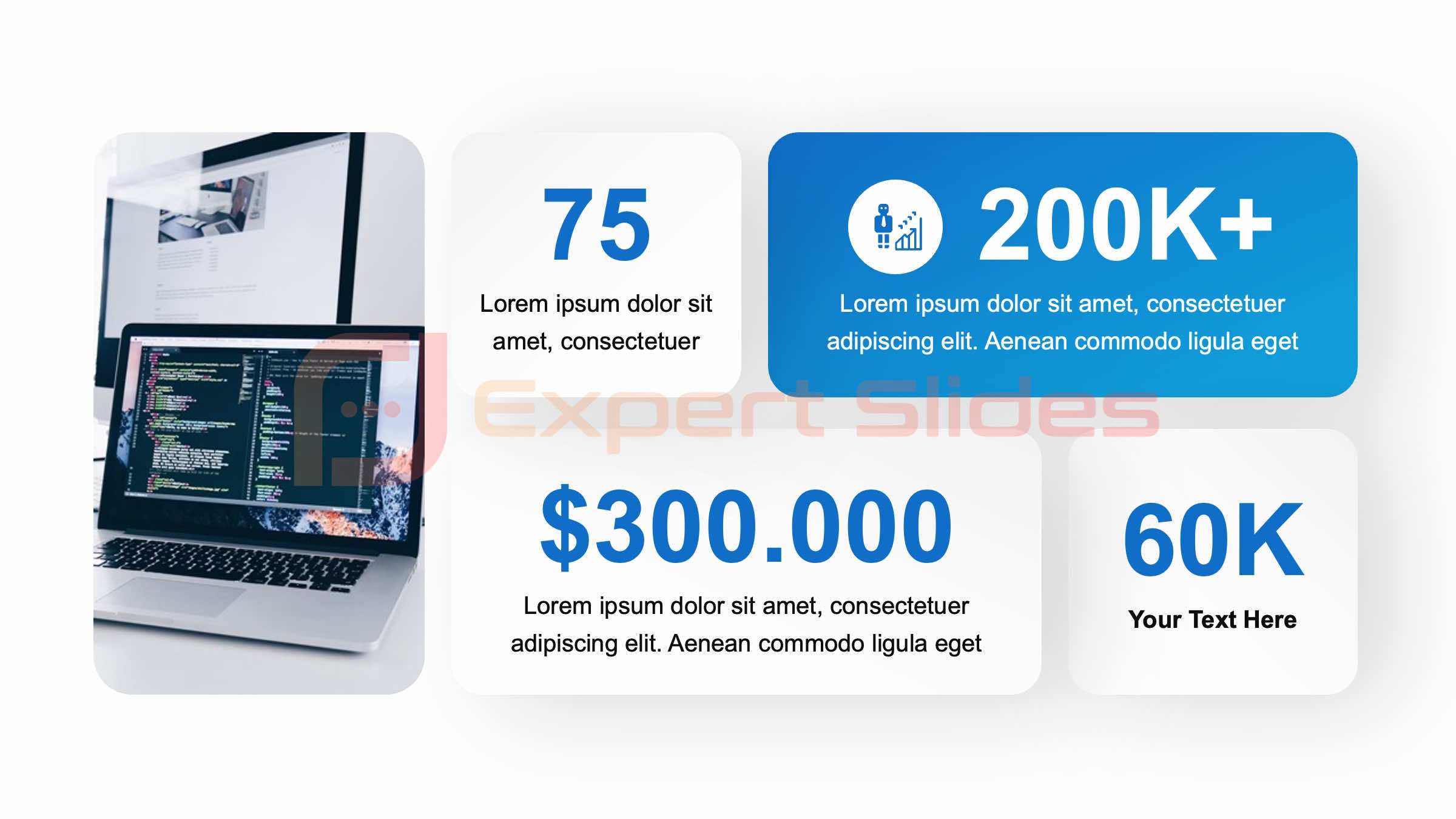How to Make Good Presentation Slides – Tips for Creating Engaging Visuals
Table of Contents
Visual elements are a vital component of presentation slides, as they possess the ability to captivate and engage audiences. When utilized effectively, visuals can facilitate the clear and concise communication of complex information, thereby enhancing audience comprehension and retention. Studies have consistently demonstrated that visually presented information is more likely to be remembered by audiences, underscoring the importance of incorporating engaging visuals into presentation slides.
Beyond facilitating information retention, visuals also possess the capacity to elicit emotional responses and establish a connection with audiences. By strategically employing images, graphics, and other visual elements, presenters can appeal to their audience’s emotions, rendering their message more relatable and impactful. This, in turn, can contribute to the creation of a more memorable and engaging presentation that resonates with audiences long after its conclusion.
Key Takeaways
- Use minimal text and focus on visuals to make your presentation slides engaging and impactful.
- Visuals are important in presentation slides as they help to capture and maintain the audience’s attention.
- Choose the right design elements such as color, font, and layout to enhance the visual appeal of your slides.
- Create clear and impactful visuals by using simple and easy-to-understand charts, graphs, and diagrams.
- Incorporate data and statistics effectively by using visuals such as infographics and charts to support your message.
Choosing the Right Design Elements for Your Slides
 Color Scheme and Fonts
Color Scheme and Fonts
This includes choosing the right color scheme and fonts to ensure that the slides are visually appealing and easy to read. It is crucial to select colors that are visually appealing and complement each other, as well as fonts that are easy to read and consistent throughout the presentation.
Layout Consistency
In addition to color and font selection, presenters should also pay attention to the layout of their slides. It is vital to use a consistent layout throughout the presentation to create a cohesive and professional look. This can help ensure that the audience is not distracted by inconsistent design elements and can focus on the content being presented.
Effective Presentation Design
By carefully choosing the design elements for their slides, presenters can create a visually appealing and impactful presentation that effectively conveys their message.
Tips for Creating Clear and Impactful Visuals
When creating presentation slides, it is important to focus on creating clear and impactful visuals that effectively convey the information being presented. This includes using visuals that are relevant to the content and help support the key points being made. Presenters should avoid using visuals that are distracting or irrelevant, as this can detract from the overall message of the presentation.
In addition to relevance, it is important to ensure that the visuals used in presentation slides are clear and easy to understand. This includes using high-quality images and graphics that are visually appealing and easy to interpret. Presenters should also consider using charts, graphs, and other visual aids to help illustrate data and statistics in a clear and impactful manner.
By focusing on creating clear and impactful visuals, presenters can effectively convey their message and engage their audience.
Incorporating Data and Statistics in Your Presentation Slides
| Slide Element | Tips for Engagement |
|---|---|
| Text | Use concise and clear language, avoid long paragraphs |
| Images | Choose high-quality, relevant images that support your message |
| Charts/Graphs | Keep them simple and easy to understand, use contrasting colors |
| Fonts | Use easy-to-read fonts, avoid using too many different fonts |
| Color Scheme | Stick to a cohesive color palette, use colors to emphasize key points |
| Whitespace | Use ample whitespace to avoid clutter, improve readability |
Data and statistics are often an important part of presentations, especially in business or academic settings. When incorporating data and statistics into presentation slides, it is important to use visuals that effectively illustrate the information being presented. This can include using charts, graphs, and other visual aids to help make the data more digestible and easier for the audience to understand.
In addition to using visuals, presenters should also provide context and explanation for the data being presented. This can help ensure that the audience understands the significance of the data and how it relates to the overall message of the presentation. By effectively incorporating data and statistics into their presentation slides, presenters can provide valuable information in a clear and impactful manner.
Using Images and Graphics to Enhance Your Message
 Images and graphics can be powerful tools for enhancing the message of a presentation. When used effectively, images and graphics can help create a visual narrative that supports the key points being made. This can help make the presentation more engaging and memorable for the audience.
Images and graphics can be powerful tools for enhancing the message of a presentation. When used effectively, images and graphics can help create a visual narrative that supports the key points being made. This can help make the presentation more engaging and memorable for the audience.
When using images and graphics in presentation slides, it is important to choose visuals that are relevant to the content being presented. This can include using images that help illustrate key points or convey emotions that support the message of the presentation. Presenters should also pay attention to the quality of the images and graphics being used, ensuring that they are high-resolution and visually appealing.
By using images and graphics to enhance their message, presenters can create a more engaging and impactful presentation.
Ensuring Consistency and Cohesion in Your Slide Design
Consistency and cohesion are essential elements of effective slide design. When creating presentation slides, it is important to use a consistent design throughout the entire presentation. This includes using a consistent color scheme, font style, and layout to create a cohesive look that is visually appealing and professional.
In addition to consistency, it is important to ensure that the content of the slides flows in a logical manner. This can include using transitions between slides to create a seamless flow of information and ensuring that each slide builds upon the previous one. By ensuring consistency and cohesion in their slide design, presenters can create a more polished and professional presentation that effectively conveys their message.
Best Practices for Delivering Engaging Presentation Slides
In addition to creating engaging presentation slides, it is important for presenters to deliver their slides in a way that captivates the audience. This includes using effective speaking techniques, such as varying tone and pace, making eye contact with the audience, and using gestures to emphasize key points. By delivering their slides in an engaging manner, presenters can create a more dynamic and memorable presentation.
It is also important for presenters to practice their delivery before the actual presentation. This can help ensure that they are comfortable with the material and can deliver it in a confident and engaging manner. Additionally, presenters should be prepared to answer questions from the audience, further engaging them in the content being presented.
By following these best practices for delivering engaging presentation slides, presenters can create a more impactful and memorable presentation experience for their audience. In conclusion, creating engaging presentation slides requires careful consideration of design elements, clear and impactful visuals, and effective delivery techniques. By incorporating these tips into their presentations, presenters can create visually appealing slides that effectively convey their message and engage their audience.
Visuals play a crucial role in presentations, helping to convey complex information in a clear manner while also evoking emotions and creating a connection with the audience. By choosing the right design elements, creating clear visuals, incorporating data and statistics, using images and graphics, ensuring consistency and cohesion, and following best practices for delivery, presenters can create engaging presentation slides that leave a lasting impression on their audience.
FAQs
What are presentation slides?
Presentation slides are visual aids used during a presentation to help convey information to an audience. They typically consist of text, images, and other visual elements to support the speaker’s message.
Why are good presentation slides important?
Good presentation slides are important because they help to engage the audience, clarify key points, and enhance the overall delivery of the presentation. Well-designed slides can make a presentation more visually appealing and easier to understand.
What are some tips for creating engaging presentation slides?
Some tips for creating engaging presentation slides include using clear and concise language, incorporating visuals such as images and charts, maintaining a consistent design theme, and avoiding overcrowding the slides with too much information.
What are some common mistakes to avoid when creating presentation slides?
Common mistakes to avoid when creating presentation slides include using too much text, using distracting animations or transitions, using low-quality images, and not considering the needs of the audience when designing the slides.
What are some popular tools for creating presentation slides?
Popular tools for creating presentation slides include Microsoft PowerPoint, Apple Keynote, Google Slides, and Prezi. These tools offer a range of features for designing and presenting slides, such as templates, animations, and collaboration options.
Get 15+ Mio. PowerPoint Assets - FREE SIGN-UP

Sign up for free to our PowerPoint extension, ExpertSlides. Everything you need, directly in PowerPoint. No credit card required.
Related Posts
Recent Posts
Main Menu
Knowledge base
Useful Links






